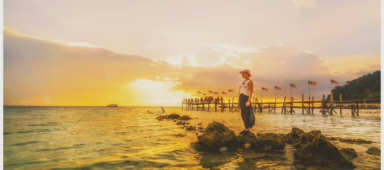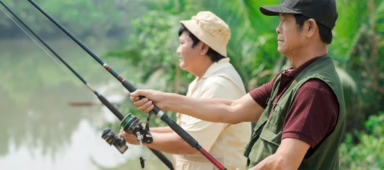There’s plenty to see and do at ‘Crab Island’
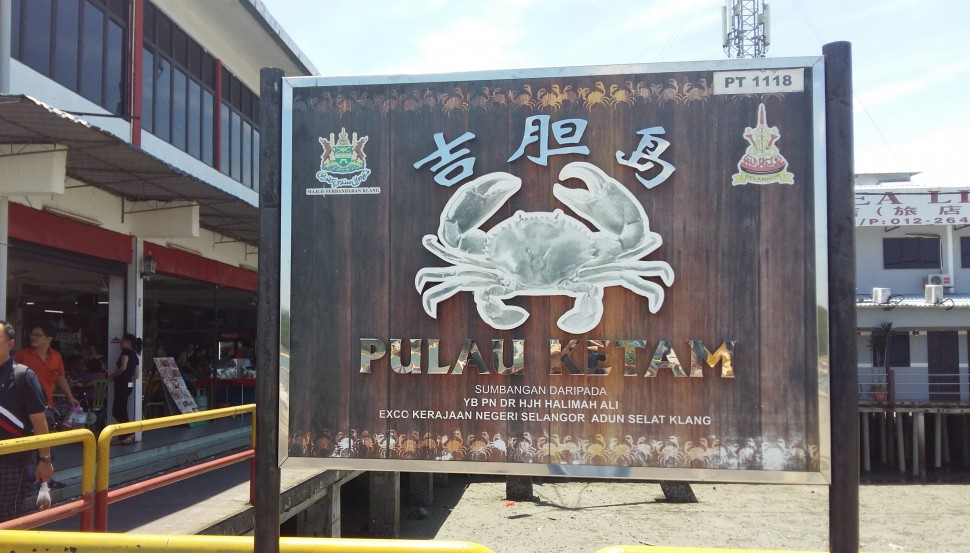
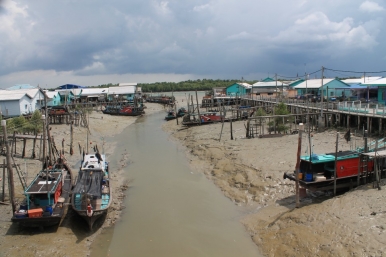
Founded by Hainanese, Teochew and Hokkien fishermen in the 19th century, Pulau Ketam, or ‘Crab Island’, is a small fishing village off the coast of Port Klang in Selangor, with houses and narrow wooden pathways built mainly on stilts. Today, thanks to the lure of its fresh seafood and idyllic village charm, the place is a popular respite for city folk over the weekend. Here are six activities to include on your itinerary the next time you visit.
Learn from the locals
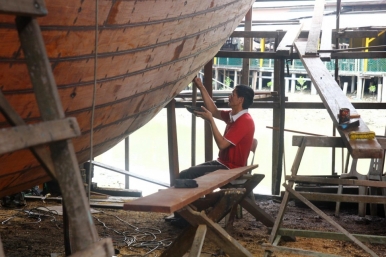
Tourism and fishing are a big part of the island, and illustrious residents organise tours for visitors to learn more about the work that they do. Arrange to visit a boat factory, where fishing boats are painstakingly built by hand, or drop by the fish or oyster farms to learn how they are harvested.
Food hunting
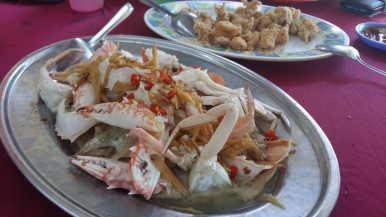
One does not go to a fishing village and not indulge in scrumptious seafood – and Pulau Ketam has plenty of it. Usually done Chinese style, diners can take their pick from salted egg yolk shrimps, chilli crabs, steamed fish, curried clams, and more. If you’re not a fan of seafood, there are plenty of stalls at the market area selling street snacks and local produce. Even here, the perennial Malaysian favourite, nasi lemak, is inescapable. Other must-tries are the fried shrimp crackers, as well as the oh-chien (oyster omelette).
Visit Landmarks and Attractions
Despite its small size, Pulau Ketam is home to several beautiful temples, such as the Nang Thiam Keng Temple. A good time to visit is on the 6th day of the 6th month in the Chinese lunar calendar, as a grand celebration will be held to celebrate the temple deity’s birthday, with Chinese opera performances, mini concerts and a ritual parade to bless the island. Another noteworthy temple is Hock Leng Keng, the island’s largest, which boasts intricate sculptures and a beautiful colour scheme.
History buffs can arrange for a tour to a Kongsi House, to find out more about the island’s history. In the island’s early days, fishermen and their families often lived together in a kongsi house, and at its peak there were as many as 20. As most villagers have their own homes now, the kongsi houses have been relegated as historical landmarks.
Fishing
Due to its proximity to major cities, Pulau Ketam is a popular destination for anglers living in the Klang Valley. BYOB (bring your own bait) and head out on a speedboat to floating rigs called ‘kelong’ – essentially giant platforms built from wooden planks and plastic barrels to keep the structure buoyant on the sea’s surface. They often house aquaculture fisheries, where visitors can try their hand at catching red and golden snapper, grouper, sea catfish and threadfin salmon.
Photography
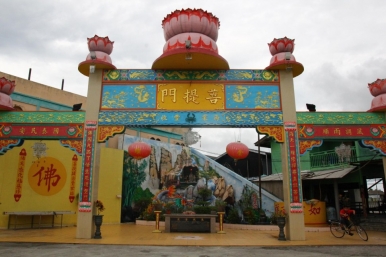
Although typically crowded on weekends, a weekday trip to the island might offer photographers the chance to capture scenes of idyllic village life, featuring narrow alleyways and rickety wooden ‘streets’, colourful wooden houses built on stilts and fishing boats docked at the harbour. If nature photography is your thing, look out for the hundreds of tiny crabs and mudskippers that make the shallow mud shores of the island their home.
Enjoy Cycling
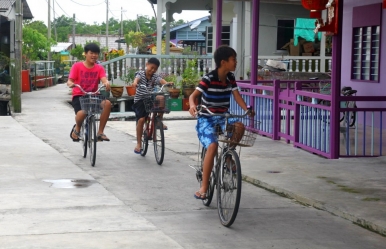
Although the island is not large and can be traversed on foot, the best way to take in the sights is by bicycle, which can be rented for just RM5 per day. The even lazier ones among us can opt to rent a motorised bike. As the wooden pathways are often narrow, uneven and lack guardrails, visitors should take care not to bump into other cyclists.
Getting There
Ferries depart every 45-minutes from the Port Klang Jetty beginning 8.45AM, with the last ferry service at 6.45PM on weekdays, and 7PM on weekends and public holidays. From Pulau Ketam, ferries depart every 45 minutes beginning 7.45AM, with the last ferry service at 5.30PM on weekdays and 6PM on weekends and public holidays. Both journeys take approximately 40 minutes, and the fare is RM7 per pax.
Alternatively, visitors can take a speedboat which is faster but more expensive at RM10 per pax.
Credits: nickchan.net, Wikimedia Commons, Wikimedia Commons




